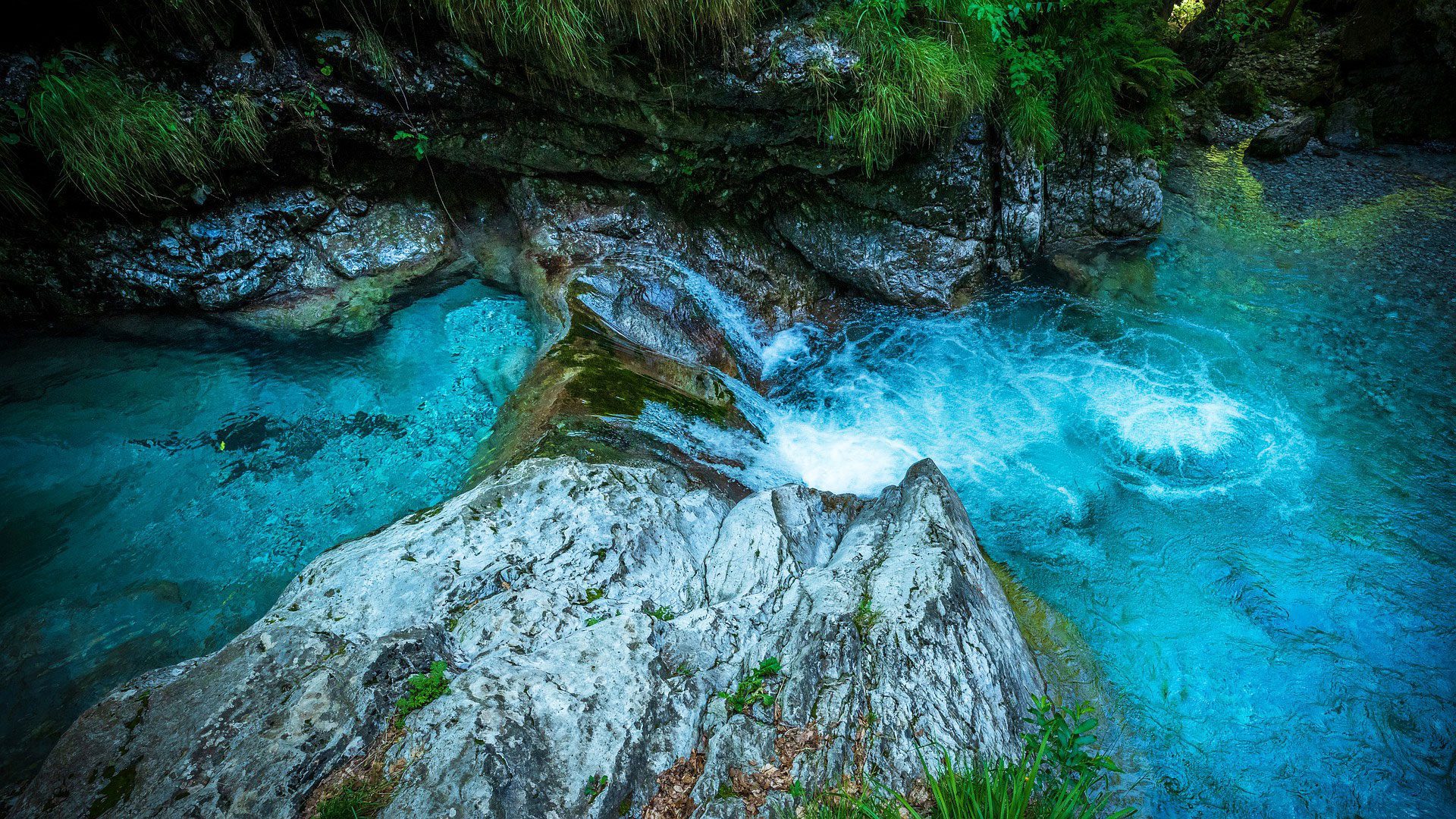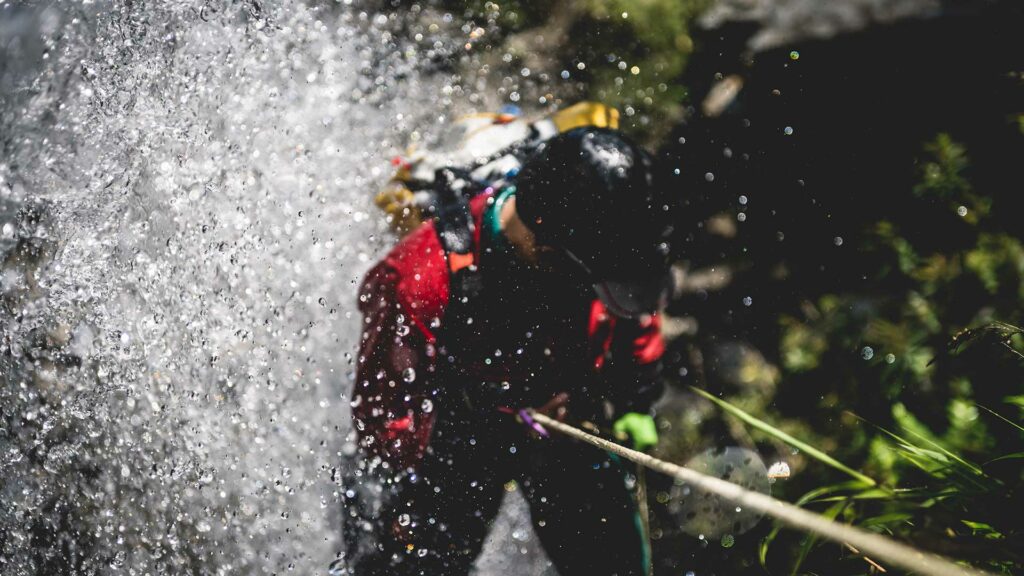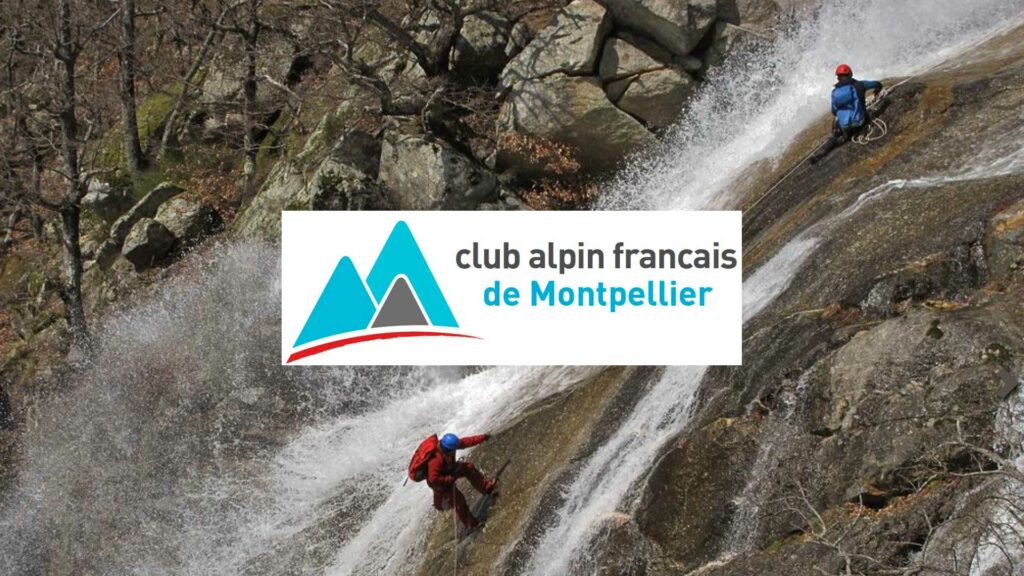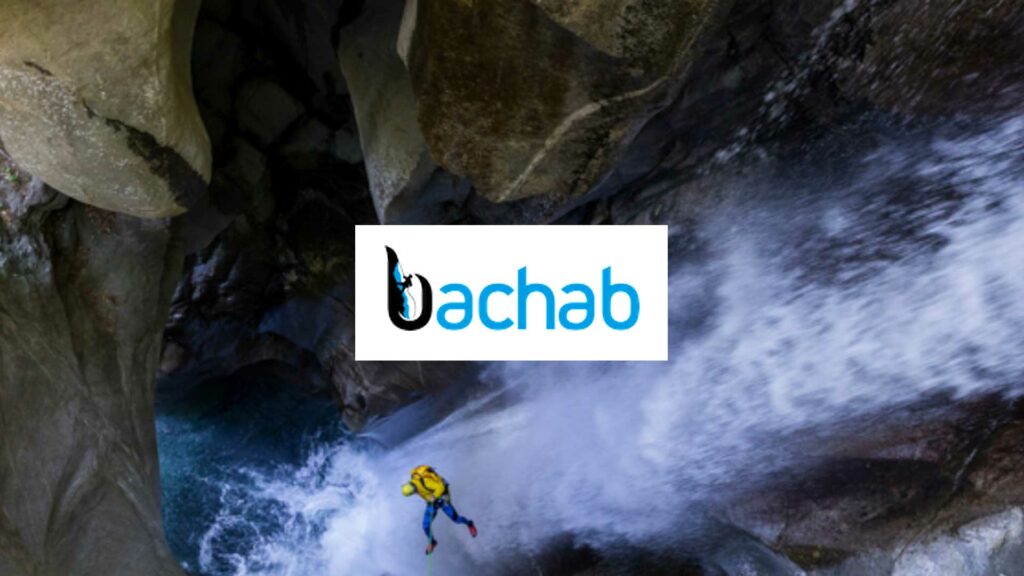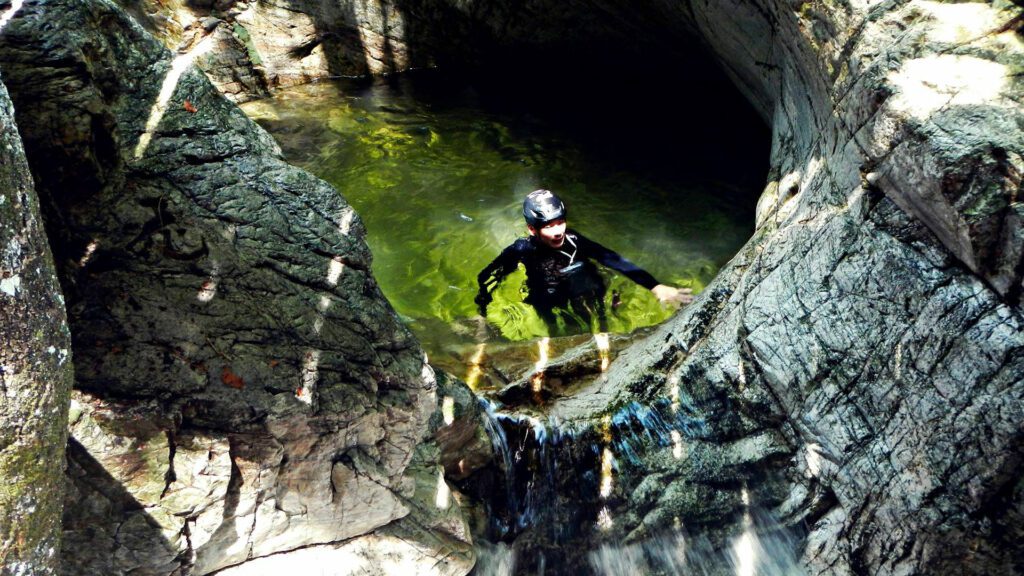D
Descent system: the belay system that an abseiler operates to control their descent.
Deep-water belay: a safety system relying on deep water in a fall zone.
Direct supervision: where a nominated person responsible for supervising others during all or part of the activity is able to intervene immediately (also see indirect supervision and remote supervision).
Dynamic rope: a specially constructed kernmantle rope that is somewhat elastic under load. The elastic ‘stretch’ under load is what makes the rope ‘dynamic’. (Also see static rope.)
F
Fall factor: is the ratio of the height of a fall (h) (measured before the rope or lanyard begins to stretch) and the rope or lanyard length available to absorb the energy of the fall (L). It is used as a representation of the severity of a fall when arrested by a belay system. It is calculated by (h) divided by (L).
Fall height: The vertical distance between the climber’s or abseiler’s lowest body element and the surface beneath.
Fall zone: The surface that can be hit by a climber or abseiler falling.
Feature: a part of a natural surface or artificial surface.
Flash flooding: is flooding in a localised area with a rapid onset, usually as the result of relatively short intense bursts of rainfall.
Flying fox: a means of travel along a sloping rope or cable by attaching to it using a free moving pully and being propelled by gravity.
Forward abseiling: abseiling while facing towards the ground.
G
GPGs: Good Practice Guide(s) – See Preface for details.
Guided rappels: an abseil that uses a track-line.
H
Horizontal canyoning: the ascent, traversing and/or descent of a canyon where any fall safety required can be achieved using spotting.
Hydraulics: refer river hazards. Indirect supervision: where a nominated person responsible for supervising others during all or part of the activity is in the vicinity but unable to intervene immediately (also see direct supervision and remote supervision).
L
Lead climbing: where the climber ascends a pitch while periodically attaching their rope to fixed or removable protection.
Lifejacket: a worn device that provides the wearer with additional buoyancy in water. (Also known as Personal floatation device (PFD))
Lowering: a descent which is controlled by a rope from above. Also known as ‘passive abseiling’.
Terms to be found here:
https://australianaas.org.au/wp-content/uploads/Canyoning-GPG-v1.0.pdf


